当前位置:网站首页>C语言数组的概念
C语言数组的概念
2022-07-06 09:25:00 【编程小鱼六六六】
在《C语言数据输出大汇总以及轻量进阶》一节中我们举了一个例子,是输出一个 4×4 的整数矩阵,代码如下:
#include <stdio.h>
#include <stdlib.h>
int main()
{
int a1=20, a2=345, a3=700, a4=22;
int b1=56720, b2=9999, b3=20098, b4=2;
int c1=233, c2=205, c3=1, c4=6666;
int d1=34, d2=0, d3=23, d4=23006783;
printf("%-9d %-9d %-9d %-9d\n", a1, a2, a3, a4);
printf("%-9d %-9d %-9d %-9d\n", b1, b2, b3, b4);
printf("%-9d %-9d %-9d %-9d\n", c1, c2, c3, c4);
printf("%-9d %-9d %-9d %-9d\n", d1, d2, d3, d4);
system("pause");
return 0;
}运行结果:
| 20 | 345 | 700 | 22 |
| 56720 | 999 | 20098 | 2 |
| 233 | 205 | 1 | 6666 |
| 34 | 0 | 23 | 23006783 |
矩阵共有 16 个整数,我们为每个整数定义了一个变量,也就是 16 个变量。那么,为了减少变量的数量,让开发更有效率,能不能为多个数据定义一个变量呢?比如,把每一行的整数放在一个变量里面,或者把 16 个整数全部都放在一个变量里面。答案当然是肯定的,办法就是使用数组(Array)。
数组的概念和定义
我们知道,要想把数据放入内存,必须先要分配内存空间。放入4个整数,就得分配4个int类型的内存空间:
int a[4];这样,就在内存中分配了4个int类型的内存空间,共 4×4=16 个字节,并为它们起了一个名字,叫a。
我们把这样的一组数据的集合称为数组(Array),它所包含的每一个数据叫做数组元素(Element),所包含的数据的个数称为数组长度(Length),例如int a[4];就定义了一个长度为4的整型数组,名字是a。
数组中的每个元素都有一个序号,这个序号从0开始,而不是从我们熟悉的1开始,称为下标(Index)。使用数组元素时,指明下标即可,形式为:
arrayName[index]arrayName 为数组名称,index 为下标。例如,a[0] 表示第0个元素,a[3] 表示第3个元素。
接下来我们就把第一行的4个整数放入数组:
a[0]=20;
a[1]=345;
a[2]=700;
a[3]=22;这里的0、1、2、3就是数组下标,a[0]、a[1]、a[2]、a[3] 就是数组元素。
在学习过程中,我们经常会使用循环结构将数据放入数组中(也就是为数组元素逐个赋值),然后再使用循环结构输出(也就是依次读取数组元素的值),下面我们就来演示一下如何将 1~10 这十个数字放入数组中:
#include <stdio.h>
int main(){
int nums[10];
int i;
//将1~10放入数组中
for(i=0; i<10; i++){
nums[i] = (i+1);
}
//依次输出数组元素
for(i=0; i<10; i++){
printf("%d ", nums[i]);
}
return 0;
}运行结果:
1 2 3 4 5 6 7 8 9 10 变量 i 既是数组下标,也是循环条件;将数组下标作为循环条件,达到最后一个元素时就结束循环。数组 nums 的最大下标是 9,也就是不能超过 10,所以我们规定循环的条件是 i<10,一旦 i 达到 10 就得结束循环。
更改上面的代码,让用户输入 10 个数字并放入数组中:
#include <stdio.h>
int main(){
int nums[10];
int i;
//从控制台读取用户输入
for(i=0; i<10; i++){
scanf("%d", &nums[i]); //注意取地址符 &,不要遗忘哦
}
//依次输出数组元素
for(i=0; i<10; i++){
printf("%d ", nums[i]);
}
return 0;
}运行结果:
22 18 928 5 4 82 30 10 666 888
22 18 928 5 4 82 30 10 666 888 第 8 行代码中,scanf() 读取数据时需要一个地址(地址用来指明数据的存储位置),而 nums[i] 表示一个具体的数组元素,所以我们要在前边加 & 来获取地址。
最后我们来总结一下数组的定义方式:
dataType arrayName[length];dataType 为数据类型,arrayName 为数组名称,length 为数组长度。例如:
float m[12]; //定义一个长度为 12 的浮点型数组
char ch[9]; //定义一个长度为 9 的字符型数组需要注意的是:
1) 数组中每个元素的数据类型必须相同,对于int a[4];,每个元素都必须为 int。
2) 数组长度 length 最好是整数或者常量表达式,例如 10、20*4 等,这样在所有编译器下都能运行通过;如果 length 中包含了变量,例如 n、4*m 等,在某些编译器下就会报错,
3) 访问数组元素时,下标的取值范围为 0 ≤ index < length,过大或过小都会越界,导致数组溢出,发生不可预测的情况,请大家务必要引起注意。
数组内存是连续的
数组是一个整体,它的内存是连续的;也就是说,数组元素之间是相互挨着的,彼此之间没有一点点缝隙。下图演示了int a[4];在内存中的存储情形:

「数组内存是连续的」这一点很重要,所以我使用了一个大标题来强调。连续的内存为指针操作(通过指针来访问数组元素)和内存处理(整块内存的复制、写入等)提供了便利,这使得数组可以作为缓存(临时存储数据的一块内存)使用。大家暂时可能不理解这句话是什么意思,等后边学了指针和内存自然就明白了。
数组的初始化
上面的代码是先定义数组再给数组赋值,我们也可以在定义数组的同时赋值,例如:
int a[4] = {20, 345, 700, 22};数组元素的值由{ }包围,各个值之间以,分隔。
对于数组的初始化需要注意以下几点:
1) 可以只给部分元素赋值。当{ }中值的个数少于元素个数时,只给前面部分元素赋值。例如:
int a[10]={12, 19, 22 , 993, 344};表示只给 a[0]~a[4] 5个元素赋值,而后面 5 个元素自动初始化为 0。
当赋值的元素少于数组总体元素的时候,剩余的元素自动初始化为 0:
- 对于short、int、long,就是整数 0;
- 对于char,就是字符 '\0';
- 对于float、double,就是小数 0.0。
我们可以通过下面的形式将数组的所有元素初始化为 0:
int nums[10] = {0};
char str[10] = {0};
float scores[10] = {0.0};由于剩余的元素会自动初始化为 0,所以只需要给第 0 个元素赋值为 0 即可。
2) 只能给元素逐个赋值,不能给数组整体赋值。例如给 10 个元素全部赋值为 1,只能写作:
int a[10] = {1, 1, 1, 1, 1, 1, 1, 1, 1, 1};而不能写作:
int a[10] = 1;3) 如给全部元素赋值,那么在定义数组时可以不给出数组长度。例如:
int a[] = {1, 2, 3, 4, 5};等价于
int a[5] = {1, 2, 3, 4, 5};最后,我们借助数组来输出一个 4×4 的矩阵:
#include <stdio.h>
int main()
{
int a[4] = {20, 345, 700, 22};
int b[4] = {56720, 9999, 20098, 2};
int c[4] = {233, 205, 1, 6666};
int d[4] = {34, 0, 23, 23006783};
printf("%-9d %-9d %-9d %-9d\n", a[0], a[1], a[2], a[3]);
printf("%-9d %-9d %-9d %-9d\n", b[0], b[1], b[2], b[3]);
printf("%-9d %-9d %-9d %-9d\n", c[0], c[1], c[2], c[3]);
printf("%-9d %-9d %-9d %-9d\n", d[0], d[1], d[2], d[3]);
return 0;
}喜欢分享小游戏的UP主 记得关注我噢!源码及素材进群获取~:828339809 记得一键三连!一键三连!一键三连!
边栏推荐
- 毕业才知道IT专业大学生毕业前必做的1010件事
- Mysql database (I)
- Perinatal Software Industry Research Report - market status analysis and development prospect forecast
- LeetCode#2062. Count vowel substrings in strings
- What if software testing is too busy to study?
- Cost accounting [17]
- 0-1背包问题(一)
- ucorelab4
- JS --- JS function and scope (II)
- Learning record: use stm32f1 watchdog
猜你喜欢

Your wechat nickname may be betraying you
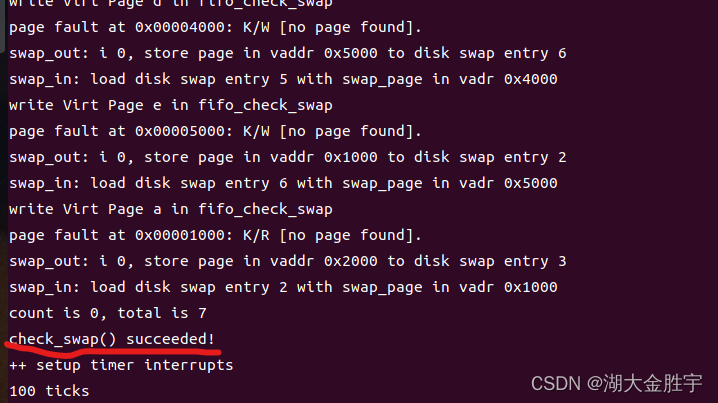
ucorelab3
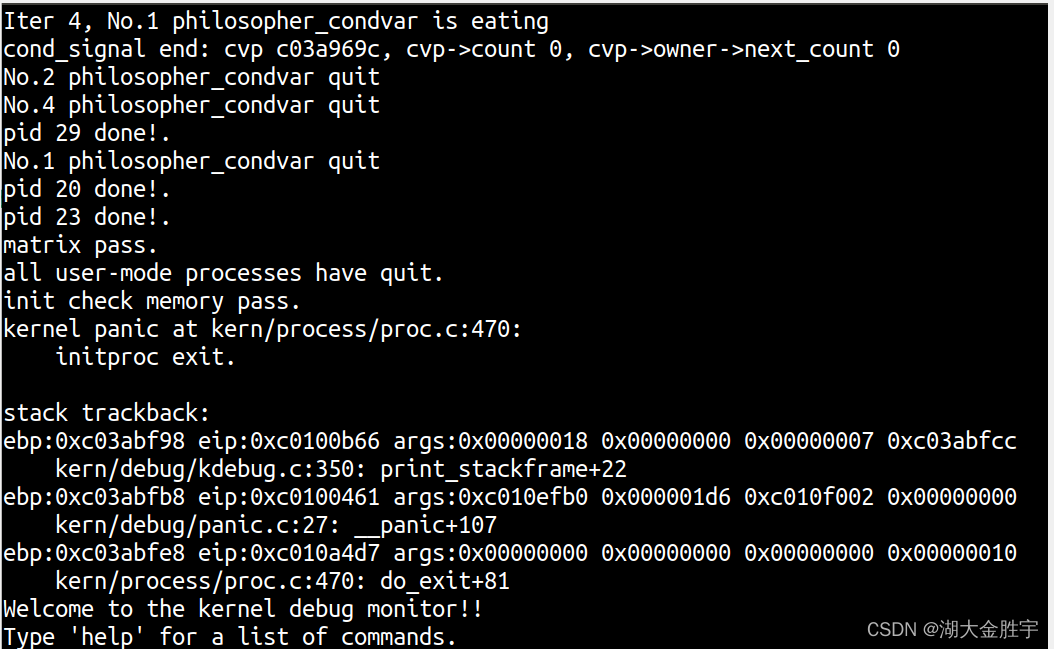
ucore lab7
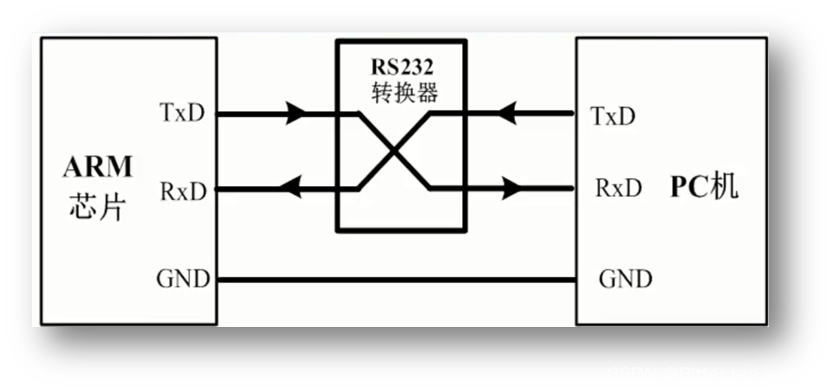
学习记录:串口通信和遇到的错误解决方法

Servlet
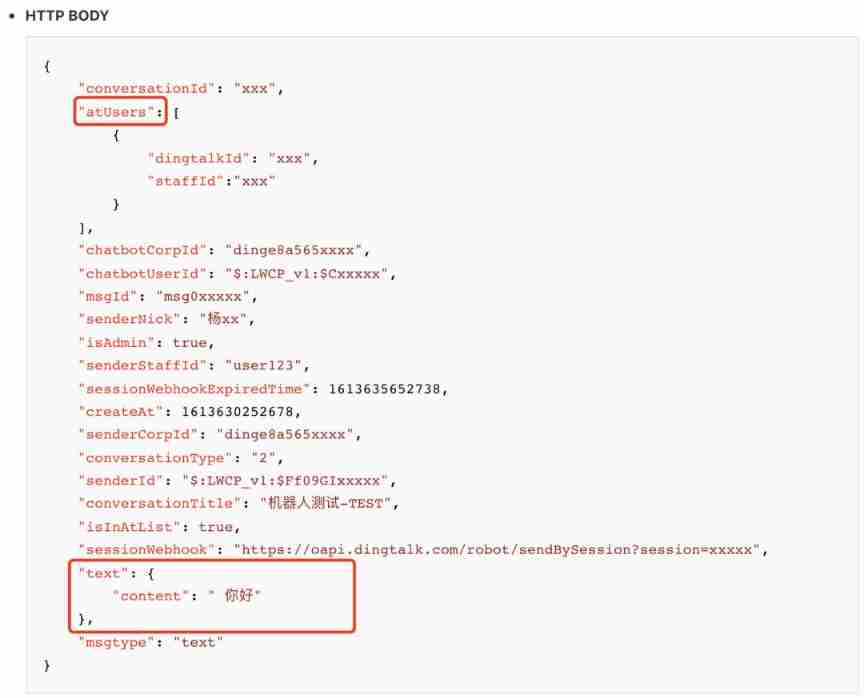
How to build a nail robot that can automatically reply
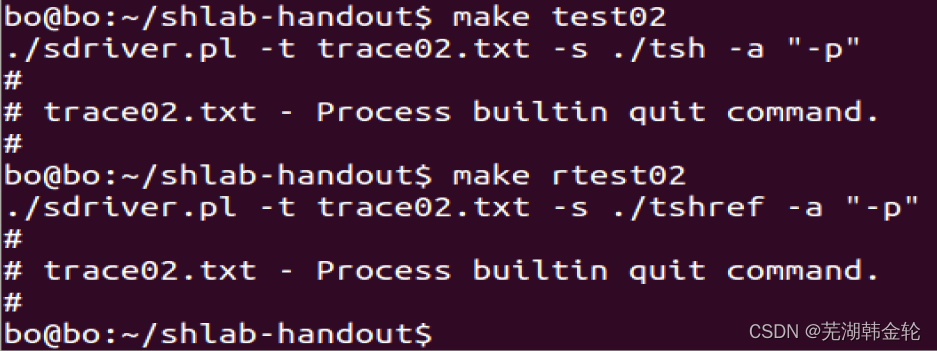
CSAPP shell lab experiment report

STM32 learning record: input capture application
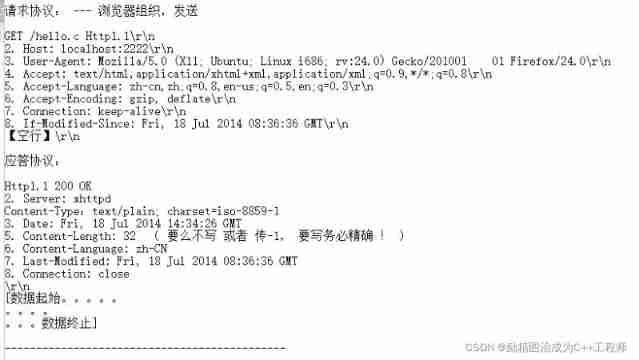
Brief introduction to libevent
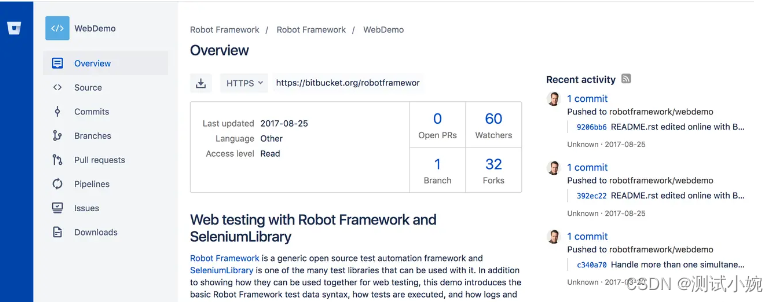
Do you know the advantages and disadvantages of several open source automated testing frameworks?
随机推荐
Cost accounting [20]
Cost accounting [17]
ucorelab4
Cost accounting [18]
Threads et pools de threads
ucore lab5
Future trend and planning of software testing industry
What to do when programmers don't modify bugs? I teach you
Cost accounting [14]
China's salt water membrane market trend report, technological innovation and market forecast
ucore lab 6
Research Report on market supply and demand and strategy of China's Medical Automation Industry
Lab 8 file system
JS --- all knowledge of JS objects and built-in objects (III)
Mysql database (III) advanced data query statement
A method and implementation of using VSTO to prohibit excel cell editing
ucorelab3
LeetCode#198. raid homes and plunder houses
How to change XML attribute - how to change XML attribute
Preface to the foundations of Hilbert geometry